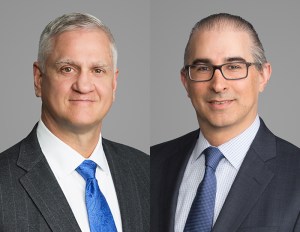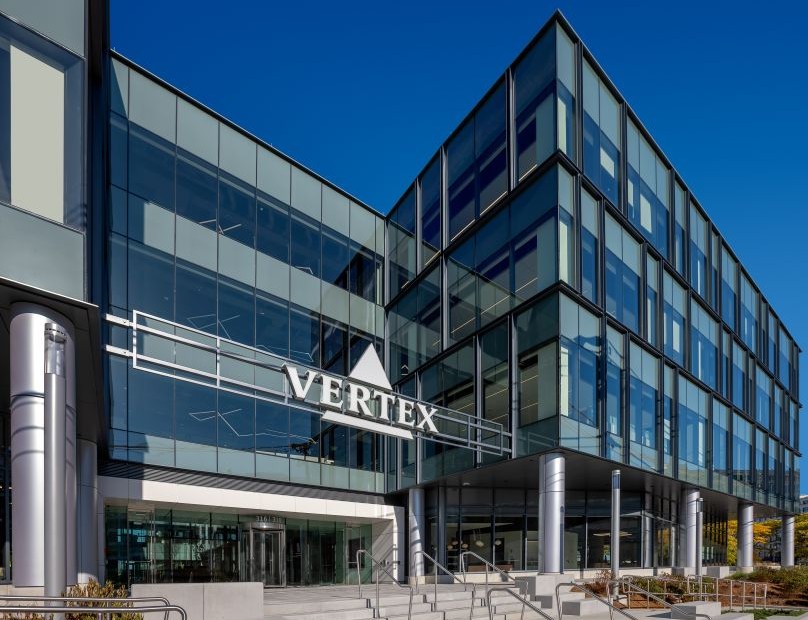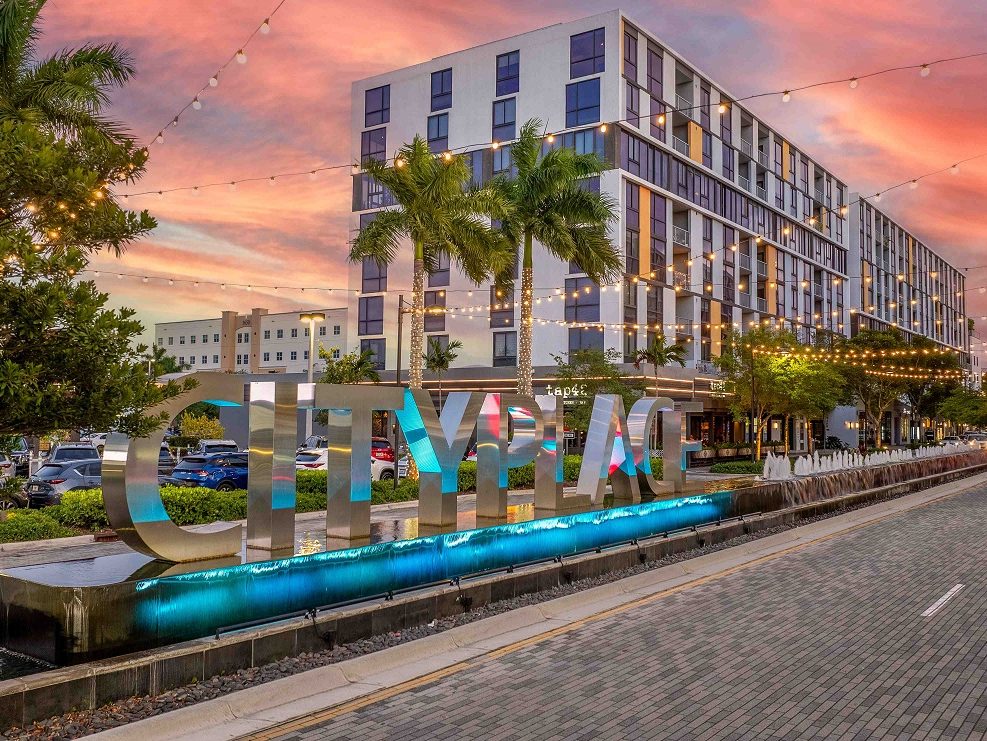Why a Source of Rescue Capital May Already Be in the Deal
Katten's Tim Little and Scott Vetri on the benefits of a solution last used in the 1990s.
One need look no further than the spate of half empty office buildings, closed retail stores and rising interest rates (which have impacted even well-performing asset classes) to see that commercial real estate owners are facing a turbulent 2023.
Their challenges have been in the making for some time. In the years following the Great Recession, low interest rates gave lenders the option to “extend and pretend.” That is lenders willingly gave loan extensions, since owners were frequently able to keep debt service current and regulators did not push for resolution. But today, as tenant demand declines, cash flows diminish, and borrowing costs continue to rise, additional capital will be required to fund operating shortfalls or reduce debt in advance of a sale or refinance.
Lenders have generally been willing to offer extensions, yet most require the borrower to make a principal pay-down to align the “loan-to-value” ratio to current underwriting criteria. For their part, distressed owners may be unable or unwilling to contribute additional equity, while opportunities to refinance or sell are hampered by the current interest rate environment and other economic headwinds. This has driven borrowers to increasingly seek out rescue capital and alternative capital arrangements.
The options historically pursued by borrowers included preferred equity, mezzanine debt or joint venture equity financing, though these sources typically require a current payment—a roadblock with cash flow already tight. That’s why some may be better off pursuing a solution last seen in the 1990s: agreeing to extend and modify a loan in exchange for an “equity kicker”(i.e. a portion of the sale proceeds, usually characterized as an interest payment).
The benefits are clear. Owners avoid a potential foreclosure and perhaps even reap a positive return for their investment once the market improves. Lenders avoid foreclosure or short sales (i.e., selling off assets at current market prices) and don’t have to recognize a non-performing loan, which would impact reserve requirements.
Here’s what both sides of the negotiating table should know as they consider this alternative.
Back to the future
Revisiting recent historical trends demonstrates why the above is a viable solution to navigating today’s distressed CRE environment.
The 2008 financial downturn was a value crash triggered by collapsing home prices and widespread mortgage defaults. That year, U.S. home properties lost an estimated $2 trillion in value, while CRE prices dropped 15 percent, according to the MIT property index. Owners couldn’t refinance (or sell and repay the loan), but there was not widespread failure of tenants and, with interest rates near zero, borrowers could afford to service their debt. Moreover, regulators were accommodating to banks’ loan-extension strategies. By and large, those strategies proved very successful: the market recovered and lenders were ultimately repaid.
By contrast, interest and capitalization rates today are up and rising, as are vacancies at office, retail and other commercial properties. Maturing loans are increasingly unable to be refinanced as property values have dropped and owners struggle to service existing debt with reduced cash flow. In many cases, selling the property is not a solution either since current market prices may not yield sufficient sale proceeds to repay the debt and elevated interest rates have made acquisition financing unattractive for most buyers’ underwriting models.
For instance, a lender lent $75 million on a property that was then worth $100 million but may now be worth only $70 million. Foreclosing and selling in today’s market might leave the lender with a return of $65 million (There is typically a discount for a foreclosed property.) and closer to $70 million in a short sale. On the other hand, if the lender sticks with the borrower and agrees to an “equity kicker” in exchange for extended and modified loan terms, the borrower would then have an improved chance to maximize the property’s value and ultimately provide a better recovery to the lender—a “win-win” result for both parties.
What lenders and borrowers need to know
This approach has numerous benefits, but may not be the right solution in every case. Here are some threshold questions lenders should ask in order to evaluate whether such a structure is a good fit.
Is the borrower the best person to maximize value?
Under current macroeconomic conditions, distress in a property may not be the “fault” of the owner. If, however, a lender is considering this alternative, they need to know they’re dealing with a competent ownership team that has experience, a history of compliance and is willing to be transparent with their lenders.
More important, lenders need to know that their borrower has a clear and feasible business plan for turning things around in this economic climate. For instance, conventional wisdom holds that office tenants with decreased demand will migrate to quality. What plan does the owner have to convince these tenants to come to their buildings, be it with new amenities, a club-like atmosphere, innovative layouts, or greening improvements? In contrast, plans that are little more than “wait and hope” or do not include some type of commitment to the asset by the borrower should be looked at with healthy skepticism.
Does it make sense for the particular asset?
Agreeing to an extension and loan modifications in exchange for an “equity kicker” may not be worth the trouble for many class B or C office building in today’s environment. These less desirable properties may have to be converted to residential or other uses to unlock any future value, something that may be too speculative or capital intensive for lenders to get involved.
While some real estate investors remain bullish on multifamily and industrial assets, other types of assets —like retail shopping malls, non-grocery strip centers, and hotels dependent on business travel—might not be worth the investment.
Are the economics of the deal balanced?
To make this solution work, the lender must strike the right balance between optimizing its return (i.e., seeking the largest equity kicker) and leaving enough potential upside to motivate the borrower. For example, a possibility for the borrower to recover equity and yield a positive investment return is more likely to engender a meaningful commitment by the borrower.
Another arrow in the quiver
Agreeing to extend and modify a loan in exchange for an “equity kicker” may be the best alternative only in select instances. Regulated entities, for instance, will need to determine how such an approach will be treated by their regulators. Debt funds will need to review fund documents to determine this solution’s viability. Most importantly, both lenders and borrowers should remember that any workout, including a lender converting debt to equity, will be difficult to implement until economic conditions (particularly interest rates) stabilize.
Tim Little is a partner of Katten and serves as the chair of the national Real Estate department. Scott Vetri is a partner at Katten and serves the chair of the New York Real Estate practice.








You must be logged in to post a comment.